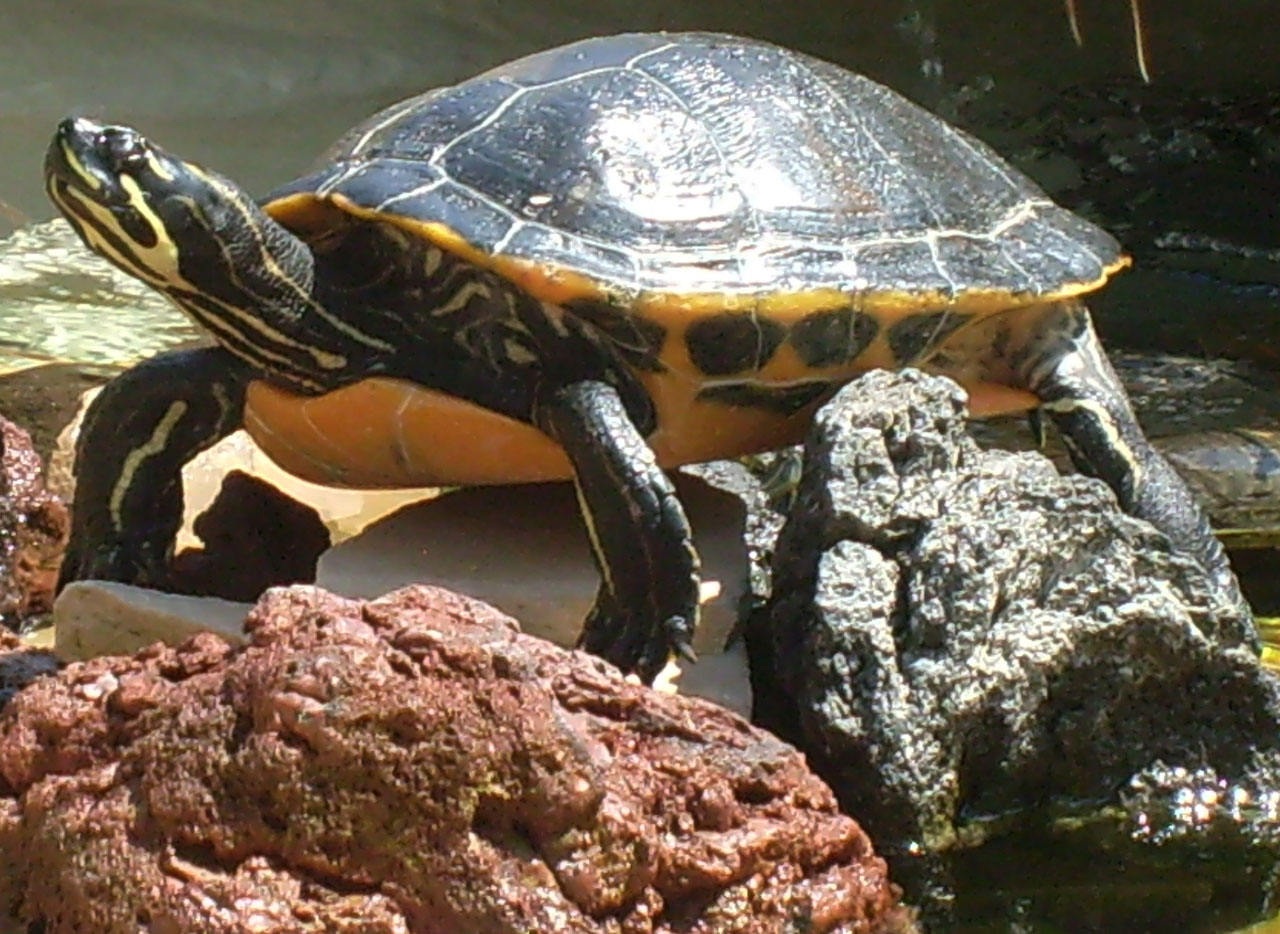How Long Can Aquatic Turtles Be Out Of Water
Aquatic turtles are fascinating creatures that spend most of their lives in water. However, there are times when they need to venture onto land. Whether it’s for basking in the sun, laying eggs, or finding a new habitat, turtles occasionally find themselves out of their natural element. But how long can they stay out of water? In this article, we will explore the limits of an aquatic turtle’s time on land and the factors that influence their ability to survive in such conditions.
The Importance of Water for Aquatic Turtles
Before delving into the duration turtles can spend out of water, it’s crucial to understand why water is vital for their survival. Aquatic turtles have evolved to live in water, and it plays a significant role in their overall health and well-being. Here are some reasons why water is essential for aquatic turtles:
- Respiration: Turtles have lungs and breathe air, but they also possess specialized organs called cloacal bursae that extract oxygen from water. These bursae allow turtles to respire even when submerged.
- Hydration: Water is crucial for maintaining proper hydration levels in turtles. It helps them regulate their body temperature and prevents dehydration.
- Feeding: Aquatic turtles primarily feed on aquatic plants, insects, and small fish found in water bodies. Being in water allows them to access their food sources easily.
- Protection: Water provides a natural barrier against predators, making it a safe haven for turtles.
The Limits of Time on Land
While aquatic turtles are well-adapted to life in water, they can survive for varying durations on land. The ability to tolerate being out of water depends on several factors, including the species of turtle, age, health, and environmental conditions. Here are some general guidelines:
- Species: Different species of aquatic turtles have varying degrees of tolerance for being out of water. For example, the red-eared slider (Trachemys scripta elegans) is known to be more terrestrial than other species and can spend more time on land.
- Age: Younger turtles generally have a higher tolerance for being out of water compared to older individuals. As turtles age, their ability to withstand extended periods on land decreases.
- Health: Turtles that are sick or injured may have a reduced ability to survive on land. They may require immediate medical attention and should be returned to water as soon as possible.
- Environmental Conditions: Factors such as temperature, humidity, and access to shade play a crucial role in a turtle’s ability to survive on land. Extreme temperatures or prolonged exposure to direct sunlight can be detrimental to their health.
Case Studies and Examples
Several case studies and examples provide insights into the duration aquatic turtles can spend out of water. One study conducted by researchers at the University of Florida found that red-eared sliders could survive up to six months without water when kept in a controlled environment with appropriate temperature and humidity levels. However, it’s important to note that this is an extreme scenario and not reflective of their natural habitat.
In another case, a pet owner accidentally left their red-eared slider out of water for three days. The turtle survived, but it showed signs of dehydration and stress. After being returned to water and receiving proper care, it made a full recovery.
Frequently Asked Questions (FAQ)
1. Can aquatic turtles live permanently out of water?
No, aquatic turtles cannot live permanently out of water. They are adapted to an aquatic lifestyle and require water for their overall health and survival.
2. How long can a healthy aquatic turtle survive on land?
A healthy aquatic turtle can survive for several days to weeks on land, depending on various factors such as species, age, and environmental conditions. However, it is crucial to return them to water as soon as possible to prevent dehydration and stress.
3. What should I do if I find an aquatic turtle on land?
If you find an aquatic turtle on land, it is best to gently pick it up and return it to the nearest body of water. Ensure that the water source is suitable for the turtle’s species and provides the necessary conditions for its well-being.
4. Can I keep an aquatic turtle as a pet without providing a water habitat?
No, it is not recommended to keep an aquatic turtle as a pet without providing a suitable water habitat. Depriving them of water can lead to severe health issues and compromise their overall quality of life.
5. How can I create a suitable habitat for my pet aquatic turtle?
To create a suitable habitat for your pet aquatic turtle, you will need a spacious tank or pond with clean, filtered water. The habitat should include a basking area, UVB lighting, and a temperature gradient to mimic their natural environment.
6. What are the signs of dehydration in aquatic turtles?
Signs of dehydration in aquatic turtles include sunken eyes, dry skin or shell, lethargy, loss of appetite, and wrinkled skin. If you notice any of these signs, it is essential to provide immediate access to water and consult a veterinarian if necessary.
Summary
Aquatic turtles are well-adapted to life in water, but they can tolerate varying durations on land. The ability to survive out of water depends on factors such as species, age, health, and environmental conditions. While some turtles can survive for months in controlled environments, it is crucial to return them to water as soon as possible to ensure their well-being. Understanding the importance of water for aquatic turtles and providing suitable habitats are essential for their overall health and longevity.


